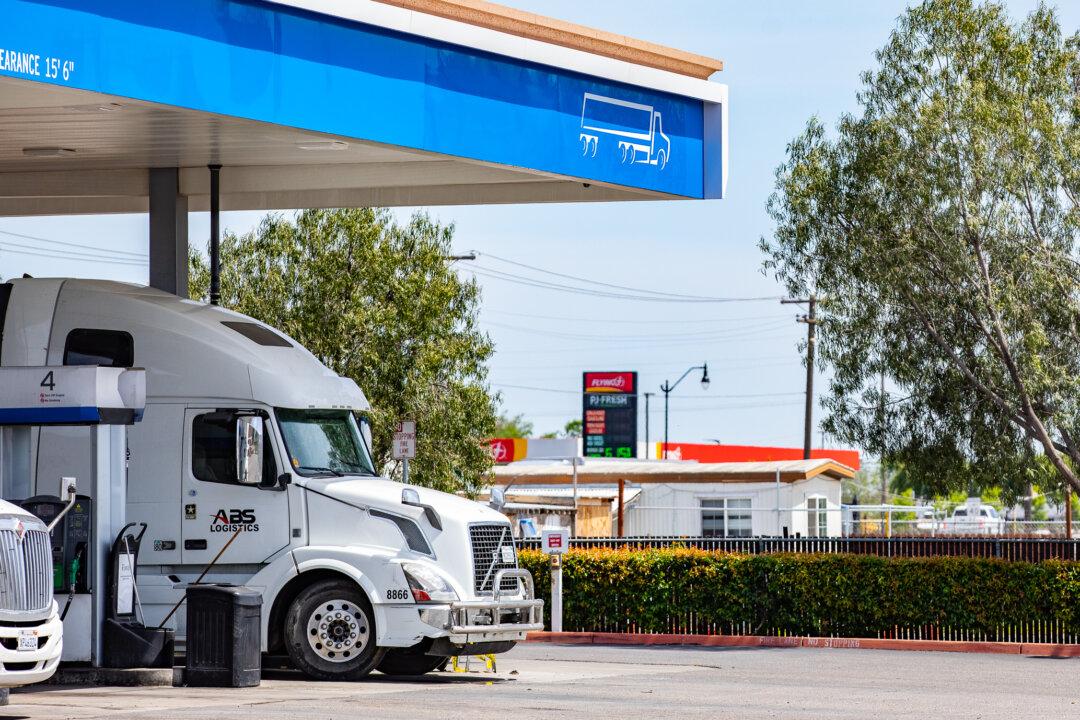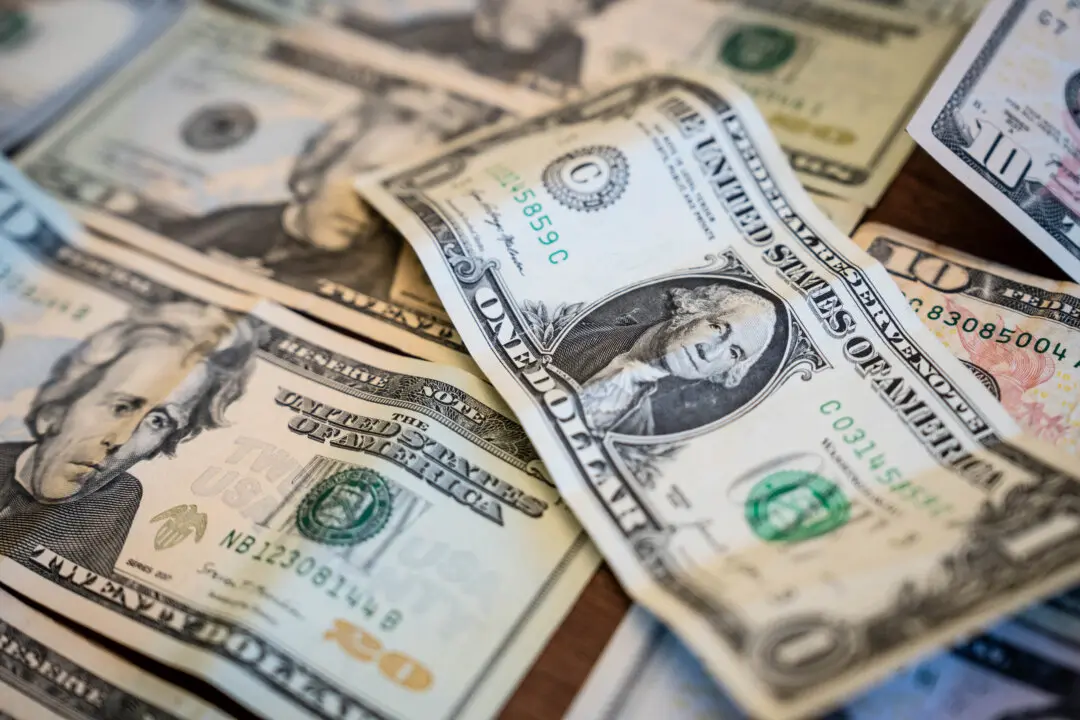Diesel prices have spiraled out of control in energy markets this year.
A gallon of diesel on average costs $5.554, up 75 percent from a year ago and just short of the record high of $5.58 that was posted last week, according to AAA. Prices are trending higher in the U.S. Northeast. In New York, the average price of diesel is $6.52; in Rhode Island, it’s $6.43.





